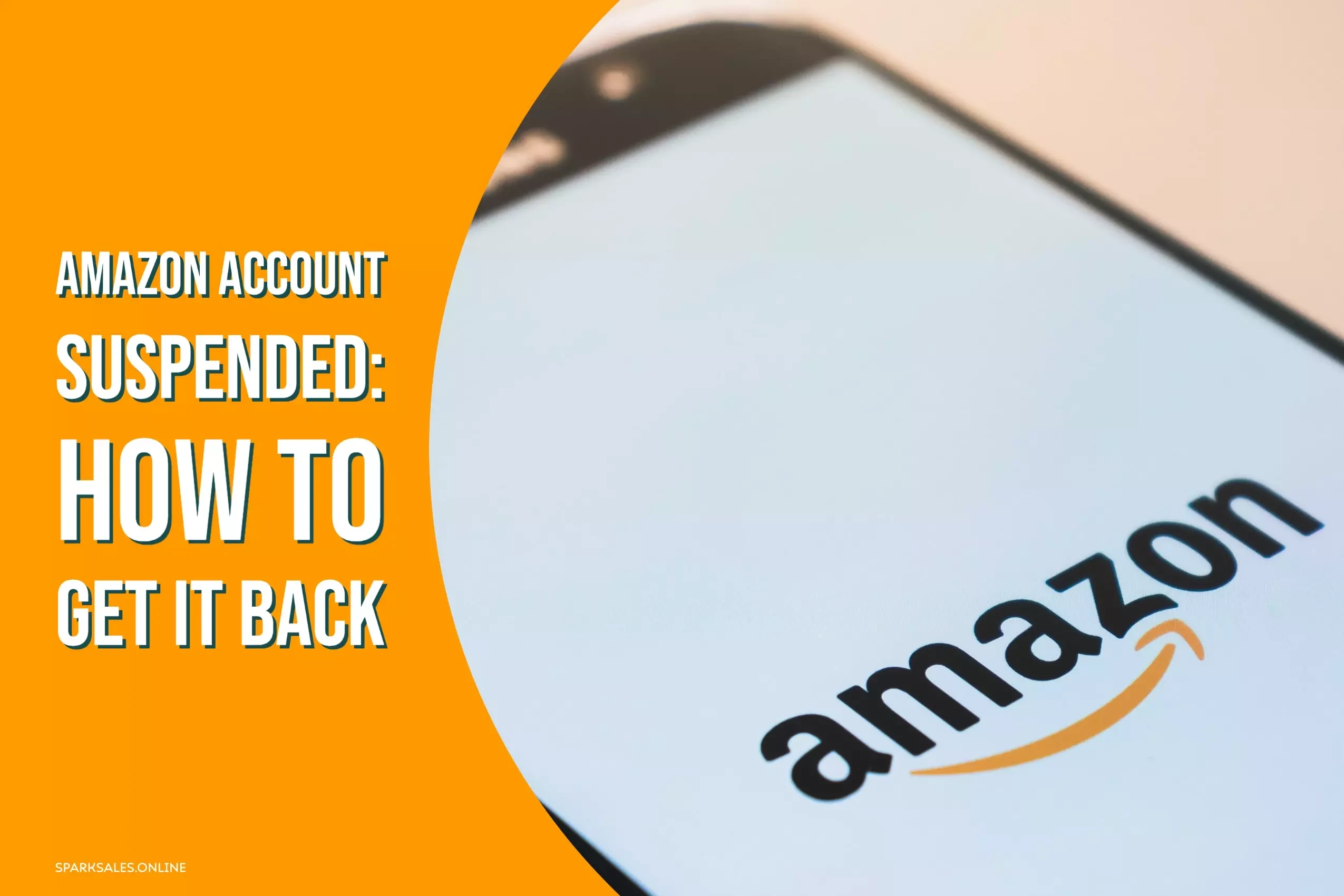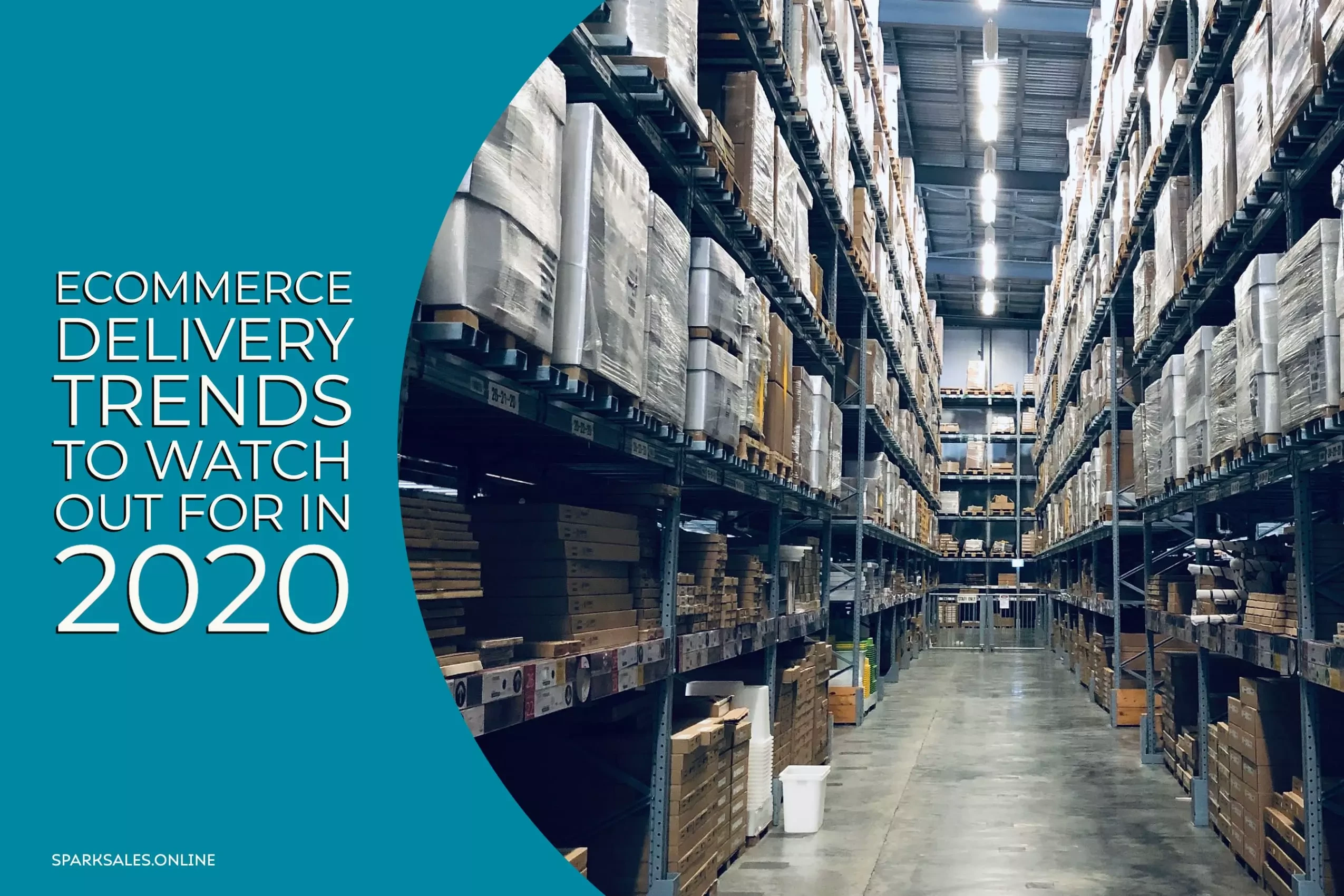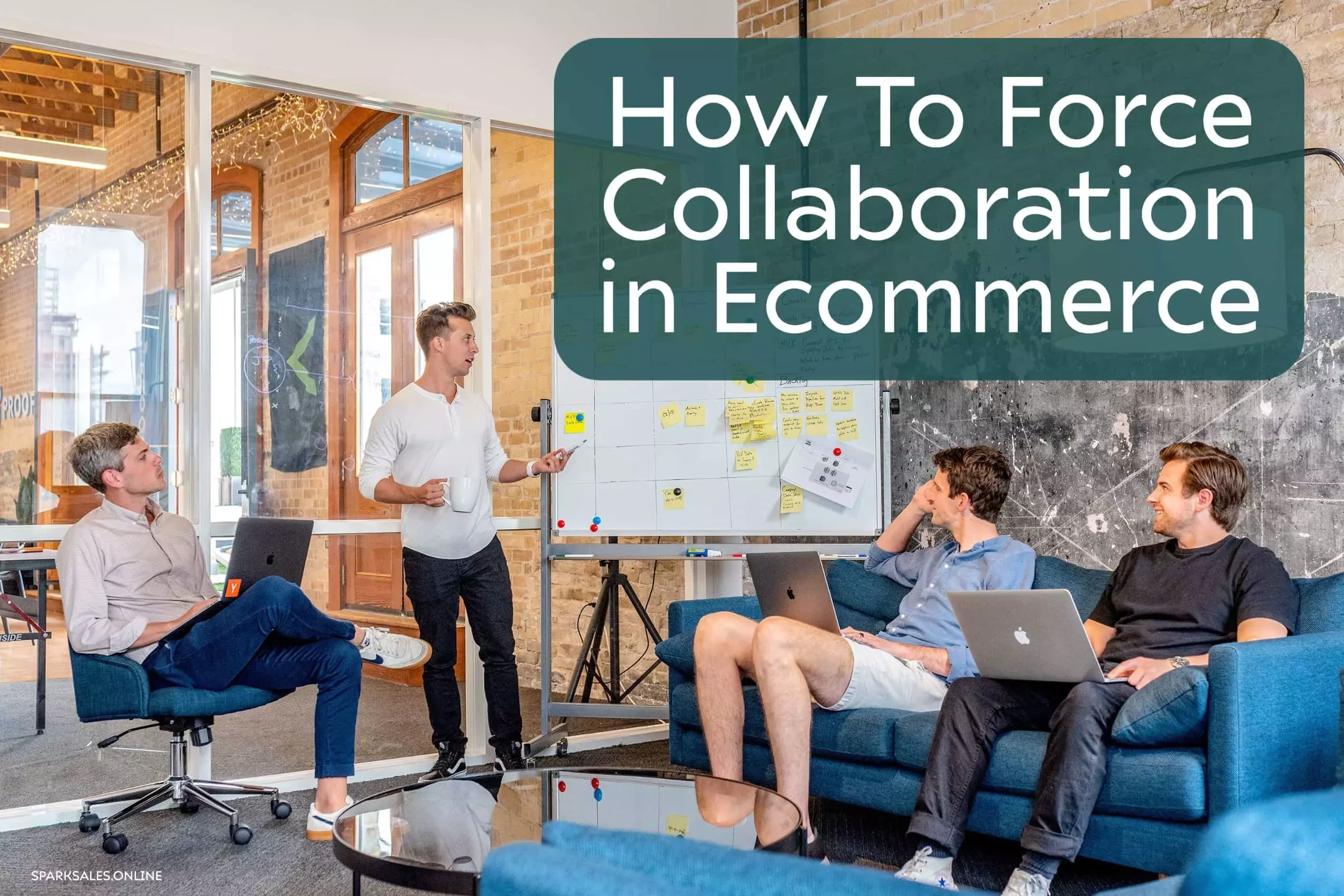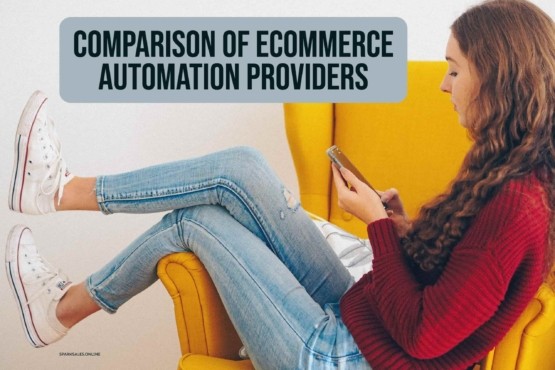For direct-to-consumer brands, outsourcing often starts with practical needs. An agency builds the store. A freelancer manages ad campaigns. A third party ships the orders. These decisions are typically made to keep pace with demand or handle tasks outside the team’s core strengths.
But when the business starts exploring wholesale partnerships, marketplaces, or direct B2B sales, the support model has to stretch. New channels bring different expectations, more systems to manage, different sales motions, and deeper post-sale involvement. Handling that shift doesn’t always mean hiring more full-time staff. Sometimes it means picking a different kind of partner.
Staff augmentation is a common first step. If, for example, a D2C firm already has in-house Shopify developer, or a B2B manufacturer has an in-house Salesforce Commerce Cloud developer, they may augment their teams with administrators, architects, business analysts, QA engineers, and/or UI/UX designers.
Global staff augmentation gives teams the ability to add specific skills without committing to a long hiring process. This is useful when the brand is still figuring things out, when there’s a need to get an integration up and running, or support a new platform without locking into a permanent structure. The added help works under internal leadership and fits into existing workflows.
When there’s no time or capacity to manage extra people, managed services come into play. These arrangements transfer responsibility to an outside provider, usually with a defined scope like orchestrating product data, maintaining a CRM, or handling technical support. The focus shifts from managing tasks to tracking results.
Project-based outsourcing fits short-term efforts with a clear beginning and end. For example, expanding into marketplaces to increase sales, launching a portal for retail partners, setting up data syncs between systems, or creating reporting dashboards that support B2B account managers. These are defined builds, not ongoing relationships.
A dedicated team model works when the need is more constant but the brand doesn’t want to hire internally. The vendor supplies a consistent group that works only on the brand’s business. Over time, they develop deeper context without the operational overhead of direct employment.
For companies planning to open new markets or functions, build-operate-transfer is another option. A vendor sets up and runs a remote operation, like a sales support office or logistics process, with the understanding that the brand will take ownership down the line. It’s a longer play, but it limits the risks of setting everything up solo from day one.
Other departments, like customer support, finance, and HR, may already rely on business process outsourcing. As wholesale operations grow, so does the need for backend structure. Invoice management, compliance, and support systems can all be managed externally, as long as roles are clearly defined.
Co-sourcing offers a hybrid setup. The brand and the vendor share responsibility for results, often in complex areas like data security or enterprise integrations. It requires more coordination but gives the brand more visibility into how the work is done.
Where the work happens matters too. A team based in Canada might handle U.S. 3PL fulfillment, while staff in Eastern Europe handle customer service. These choices depend more on working style and availability than on cost alone.
In some cases, external support isn’t a team at all, it’s a platform or tool that takes over manual steps, especially in data sync, or analytics. As brands grow, reducing dependencies on people for repetitive tasks can free up teams to focus on broader plans.
Outsourcing isn’t just a matter of finding someone to do the work. It’s about choosing the right type of relationship for the stage the business is in. As a D2C brand moves into wholesale, retail partnerships, or direct B2B sales, the support model may need to shift just as much as the sales model does.
Outsourcing isn’t just a question of whether the work gets done. It’s about how that work contributes to the business without creating more friction. The right model should improve internal focus, reduce delays, and make it easier to hit goals that matter.
To evaluate whether a partnership is working, a few metrics are worth tracking. For any arrangement tied to output, like development, onboarding, or technical setup, completion time and revision volume help show whether the work is staying on track. In support or data-heavy tasks, accuracy and error rates are a simple way to measure quality.
When outsourcing touches customer-facing work, response times, resolution rates, and customer satisfaction scores offer a clear view into whether the external team is delivering to standard. In back-office operations, look at processing time, exception handling, and cost per transaction.
Financially, it’s important to watch both hard costs and internal resource drain. A partner that saves money but creates constant oversight demands might not be reducing the real workload. Ideally, outsourcing reduces the time managers spend in day-to-day supervision while keeping results predictable and measurable.
As D2C and B2B merchants expand into more channels and greater complexity, the right kind of outside support can help the team focus, move faster, and handle work that would otherwise stall. But getting that benefit depends on choosing the right model, and tracking whether it’s doing the job it was brought in to do.








